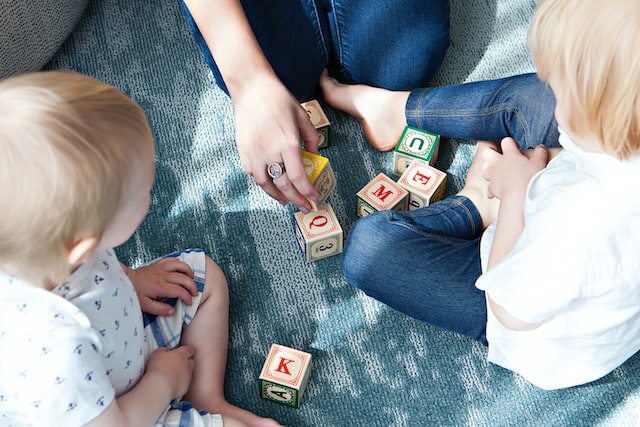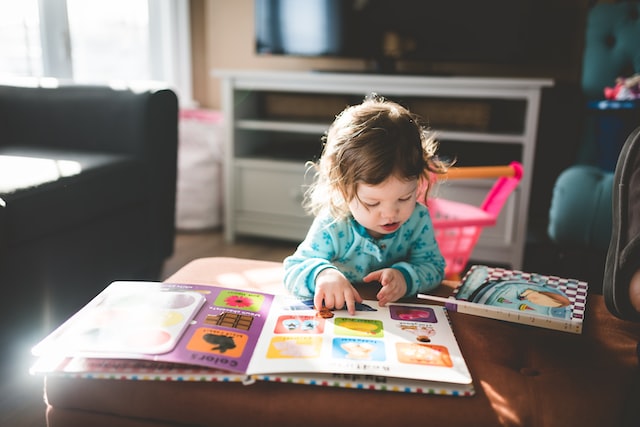Kindergarten Math Games are a great way to stimulate your children’s minds and improve their cognitive skills. These games engage multiple areas of the brain and teach concepts like number sense, sequence, addition, subtraction and more.
Kindergarten Math Games
The best thing about these games is that they’re fun and interactive. This makes learning even more enjoyable for kids!
Number Line
The number line is a visual math aid that can help kids learn to count, add and subtract. It can also be used as a tool to teach fractions and negative numbers.
First grade is the time to begin learning to use a number line. Teachers often use it to teach students how to order and compare numbers as they move from counting on fingers to basic addition and subtraction.
During this time, teachers may give students blank or empty number lines and ask them to put a range of numbers in order on it. This can help students develop a sense of what increasing and decreasing mean, which is crucial to learning place value.
If the teacher does not already have a number line, they can purchase one. Many teachers find that this can be a valuable resource because it allows them to easily show their students the correct sequence of numbers.
They can also use it to demonstrate how numbers increase when moved forwards (left to right) and decrease when stepped backwards (right to left). For example, children may be shown that a number increases by three steps from the last time they touched it.
Another great way to demonstrate this is to have students count along a number line as they jump from space to space. This can be very fun for young children and helps them learn the concept of how to count in order.
Once students have mastered this skill, they can apply it to more complicated problems, such as adding and subtracting. A number line can also be useful when teaching about fractions, as it can show how fractions relate to the whole and how a group of fractions is equal to another group.
In addition, a number line can be used to illustrate inequalities and other mathematical concepts. It is important to note that if a student uses the skip count method when solving a multiplication problem, they must move towards the right as indicated by the value of the first factor in the product, in equal intervals.
Buzz on Numbers
If you have some extra time and want to keep your students engaged, you can play some math games in your kindergarten classroom. These games will help your students learn all the essential math skills they need to know as they grow up, while also having fun!
One of our favorite games to play with kids is Buzz on Numbers. It’s easy to set up, requires little preparation, and is a great way to get your students working together in a fun way!
To start, nominate a number (the teacher can choose the number themselves) and get the students to count to that number. Then, all multiples of that number must be replaced by the word “buzz.” Players can continue until you run out of students to play with or the student with the most buzzes wins.
You can use the game as a review for multiplication and division, too! You can change the numbers you nominate to make it harder for your students. This game can be played as a pair or a group, but it’s easiest if the students sit in a circle.
Another variation of this game is to have the students stand in a line and count in sequence. Once they reach 21 the first person changes a number to a word, while the others follow suit.
This game works best with younger students who may need more practice putting their counting skills to the test. It can also be used with older students who have already mastered the basics of division in their native language.
Once students have mastered the concept of counting, you can start working on cardinality and understanding that written numerals correspond to the number of objects pictured. This game is a great way to build up children’s confidence in their ability to jump over spaces and land on numbers.
For more ideas on how to incorporate cardinality into your lessons, read our blog post about How to Teach Kids About the Cardinality of Numbers.
Getting kids to count and understand the cardinality of numbers is an important part of learning math in kindergarten. It’s also a crucial step in laying the foundation for addition, subtraction, and place value.

Roll & Count
Kindergarten students need a lot of practice in order to learn and understand math. Teachers can make it easier to provide this learning by using math games that are both fun and challenging.
The game of Roll & Count is a great way to teach children the fundamentals of counting and number recognition. It can be played alone or in a group and is perfect for circle time while working on number identification, one to one correspondence, and counting.
To play this game, kids roll a die and cover the number that is rolled with a manipulative such as a small red pom pom ball, play dough or a red button. If you want to add more challenge, you can play with two dice and have students roll both and cover the sum of each.
This game also helps students develop their motor skills and hand-eye coordination. It is a great activity for early finishers or small groups in a classroom setting, and can be used to practice basic number recognition and counting skills.
You can also use this activity with older students who are ready to work on addition. If they are not yet ready to roll two dice and add the numbers together, you can have them use a 12 sided die with written numbers on it instead of dots.
Another variation of this game is to have kids draw a picture with the number they rolled on it. Then they can cover the number with something that won’t roll away, such as a do a dot marker or bingo daubers.
These fun games are easy to set up, and they will help your child practice counting, number recognition, and place value. They are a perfect addition to your math curriculum, and they will be a hit with all of your students!
Counting to twenty is important for kindergarteners, and these count to 20 mats will help them learn the concept in a fun way. This download includes ten count to twenty mats that can be printed out and played by both the whole class and small groups.
Place Value Dice Game
Place value is the foundation for mathematical understanding, and when kids have a solid grasp of their place values, they’re more likely to succeed in addition, subtraction, exponents, long division and fractions. They’ll also have a deeper appreciation of number correspondence.
One way to reinforce place value is by playing a simple game that uses dice. Depending on your child’s age, use the ones, tens, hundreds and thousands dice appropriate for his or her level.
Using scratch paper or whiteboard, partners roll two dice to make a fraction (one numerator and one denominator). When the partner rolls doubles, they automatically win a point for that round. Then, they compare their numbers and see which one is larger.
If they’re a little older, they can add or multiply the fractions to determine who wins. The winner is the person who determines the largest fraction first.
This game will boost your student’s proficiency in greater than/less than, place value, consecutive order and number sense while having fun! This game can be played with 2-6 players or teams, and a dealer.
Each player chooses a color to represent the hundreds, thousands, tens and ones places. Each color has a different name, such as “ones,” “tens,” and “hundreds.”
Students can play this game in a group of 2-4 or with a team of 3-6. Each color represents a different column of numbers, so students can practice distinguishing between the digits in each place value.
For a more challenging game, students can add and subtract the digits in each place value to determine who wins. Alternatively, they can create a line plot on grid paper and determine the area or perimeter of that rectangle. Then they can keep a running total.
The winning student is the one who captures the most area in that rectangle. This is a great way to reinforce your child’s ability to create rectangles and measure length and width. It’s also a fun activity for the whole family to do together!
